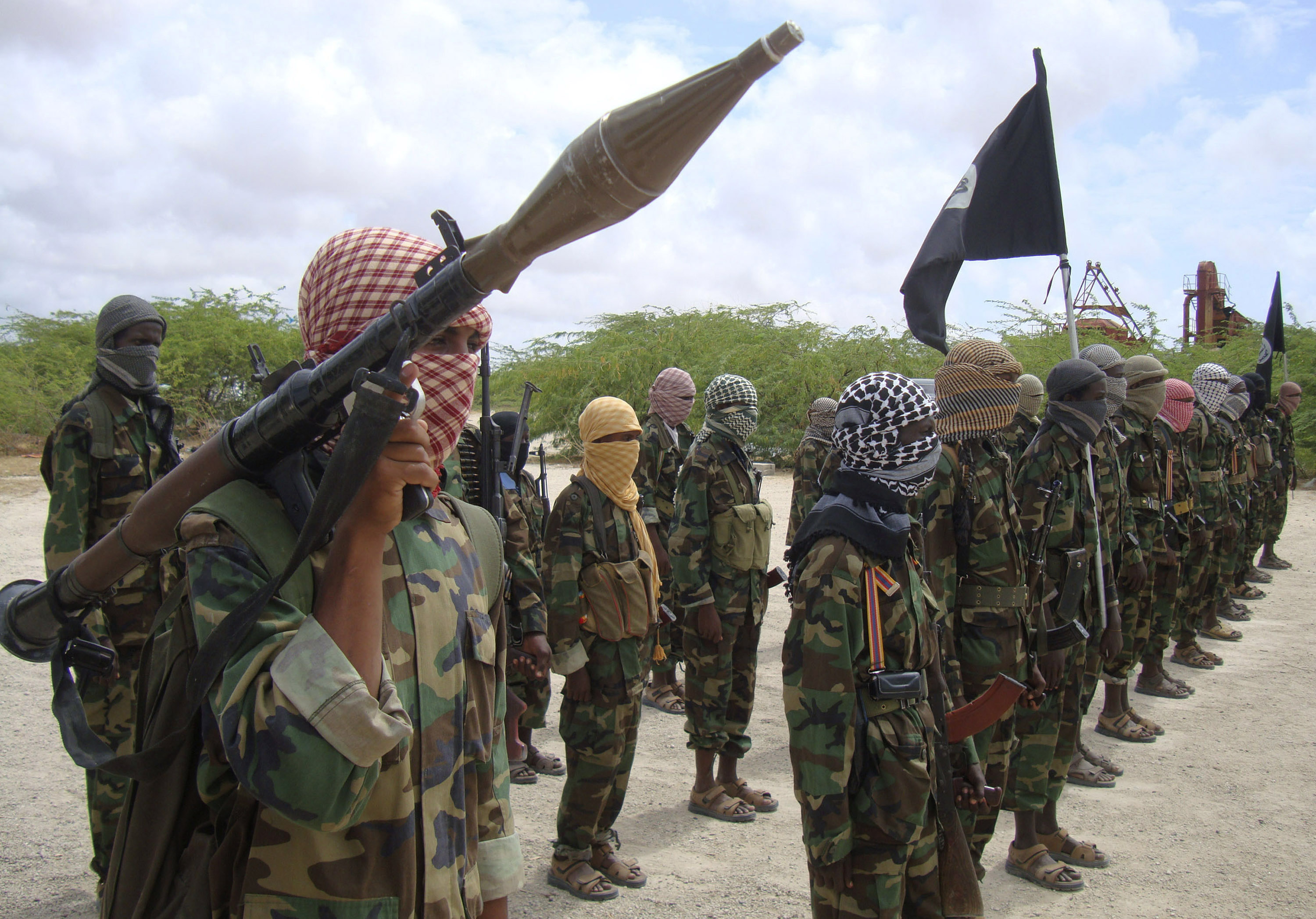
The humanitarian crisis in the Horn of Africa is unfolding on a scale that dwarfs Japan’s tsunami, the Haiti earthquake, and the 2004 Indian Ocean tsunami. The scale is difficult to fully absorb:
More than 15 out of every 10,000 children die each day among the displaced in the Somali capital of Mogadishu. To put this figure in context, the rate that constitutes a famine is two deaths per 10,000 people per day.
Nearly 900,000 Somalis have fled across the border to neighboring countries and farther afield in the region. An estimated 1.5 million more are displaced within Somalia’s borders.
At the beginning of September, the total estimated number of people in need of assistance across the Horn of Africa stood at 13.3 million, equivalent to the populations of New York City, Los Angeles, and Philadelphia combined. Among them, 4 million people in Somalia—half of the country’s population—are in need of assistance.
Three million of those at risk of starvation are in southern Somalia, where the militant group al-Shabaab operates.
In recent weeks, Enough has begun ramping up its coverage of Somalia, thanks largely to the expertise lent by long-time Somalia specialists Ken Menkhaus and Matt Bryden. Basically, the band is getting back together: Enough Co-Founder John Prendergast worked with Menkhaus and Bryden on Somalia toward the beginning of their careers when they all spent time living and working in the country in the 1980s and 90s. And prior to founding Enough, Prendergast wrote two books on the conflict.
Some may wonder how Enough’s focus on prevention of genocide and crimes against humanity applies to what has played out in the headlines as primarily a humanitarian crisis created by a severe drought. But as Menkhaus and Bryden aptly explained, respectively, in “A Diplomatic Surge to Stop Somalia’s Famine” and “Somalia’s Famine is Not Just a Catastrophe, It’s a Crime,” the epic proportions of the crisis have much to do with dysfunctional governance in the country and the predatory tactics of those in power, some of which amount to crimes against humanity. Left unaddressed, these fundamental issues will continue to hinder relief efforts, prolong the devastating impact of the crisis on the broader region, and perpetuate Somalia’s insecurity, inevitably sparking future mass violence.
So over the coming months, Enough will be drawing on experts and using our presence in Nairobi and Washington to focus attention on what can be done to end the current crisis and save lives. Our research will drive our public advocacy and will focus on the underlying causes that have created humanitarian crises in Somalia at abhorrently regular intervals over the past two decades.
As the scale of the current crisis makes clear, the international community’s approach to Somalia has failed dramatically; indeed, at several instances during the past 20 years, the international community’s interventions were to blame for exacerbating tensions that led to additional suffering. And the United States has been anything but a minor actor.
The U.S. government’s legacy in Somalia—and by extension the American public’s perceptions of Somalia—and the fiercely anti-Western nature of some of the conflict’s key players, at this stage, complicates a public U.S. advocacy campaign. While the Enough team works with partners to identify potential avenues to more effectively address the issue, one thing is clear: The gravity of the present situation in Somalia demands our immediate attention. Our preliminary reporting, analysis, and initial action opportunities will bolster the view that the scope of the current crisis should force the international community to overhaul its approach to Somalia. The United States has a key role to play in initiating this shift.
Speaking to Enough recently about the chance for the severity of the crisis to prompt a new approach, Ken Menkhaus said, “It would be a small consolation considering the scale of suffering in the country, but hopefully some new policies can come out that will create a more durable solution to these problems.”
For some background on the conflict, here are several recommended links, in the order in which they were published:
- “Children Carry Guns for a U.S. Ally, Somalia,” Jeffrey Gettleman for The New York Times
- “Timeline: Somalia,” BBC
- “Somalia Famine Aid Stolen; U.N. Investigating,” Katharine Houreld for the Associated Press
- “Twenty Years of Collapse and Counting: The Cost of Failure in Somalia,” John Norris and Bronwyn Bruton for the Center for American Progress and One Earth Future Foundation,
- “Famine Hits Somalia in World Less Likely to Intervene,” Gettleman for NYT
- “NGOs call for all-inclusive dialogue to save lives in Somalia,” open letter by 20 aid agencies in English and Somali
- “Do Muslims Really Care About Somalia?” Akbar Ahmed and Frankie Martin for Foreign Policy
Drawing on the themes of our most recent Enough policy papers, we’ve launched an action calling on USAID administrator Raj Shah to initiate a diplomatic surge that combines the influence of the United States with prominent global figures from the Islamic world, Africa, and other concerned countries. Sign it now and stay tuned to our blog for further coverage and opportunities for action on this issue.
Photo: Al-Shabaab in Somalia (AP)

